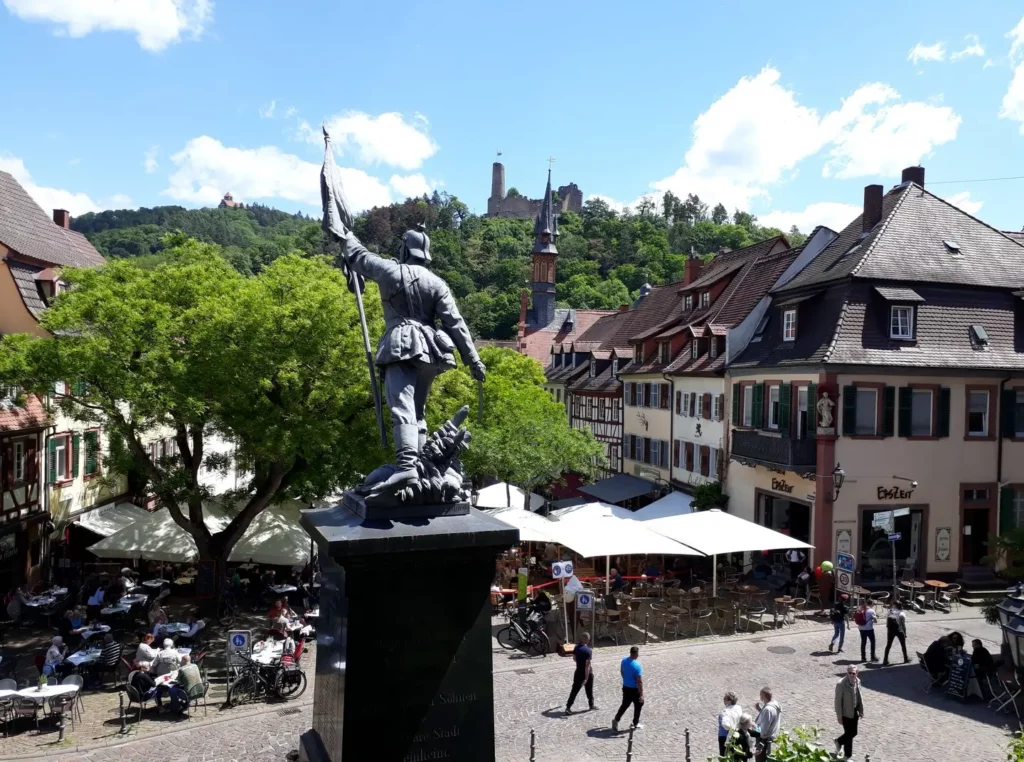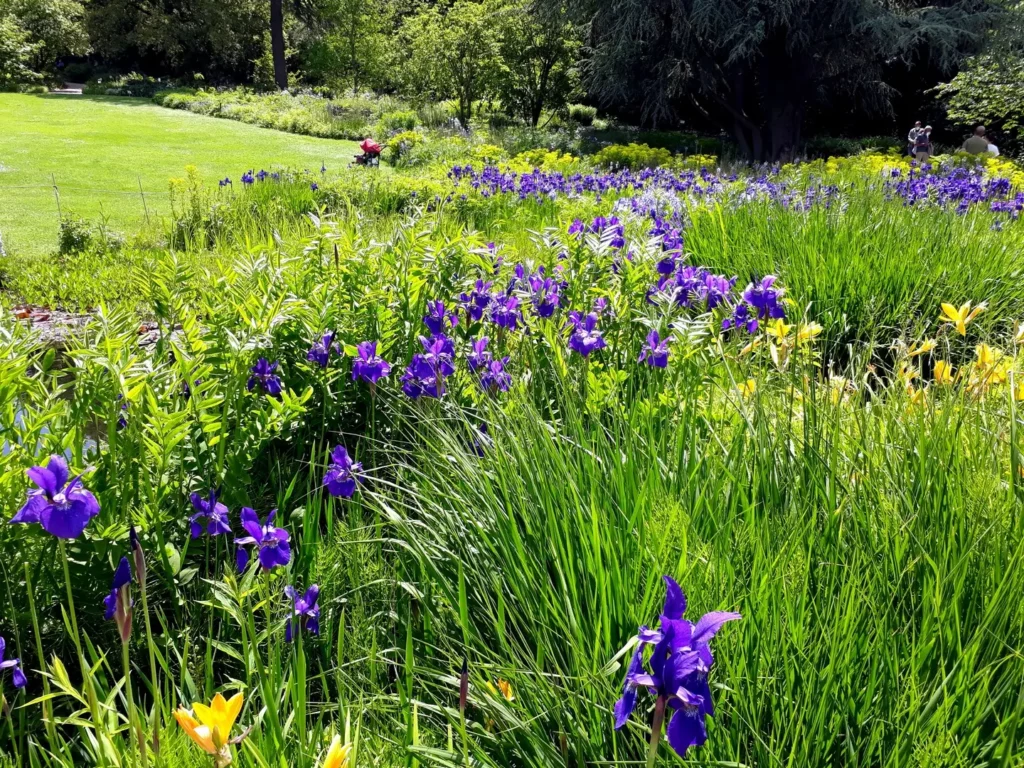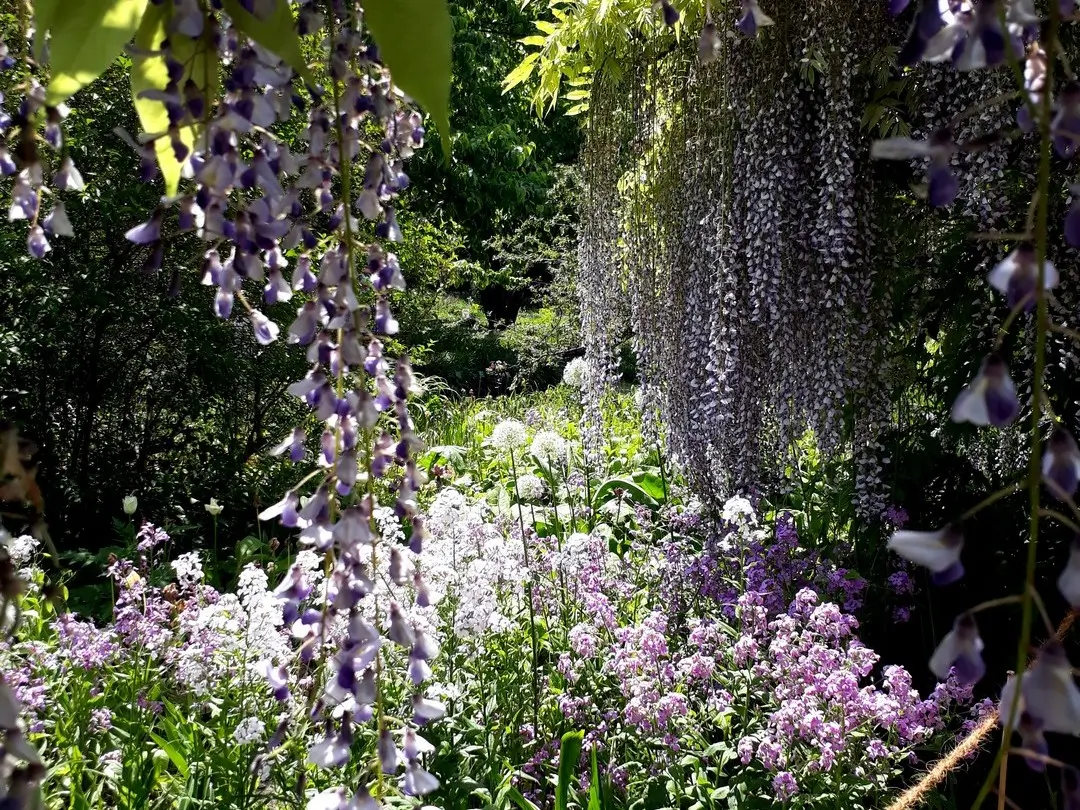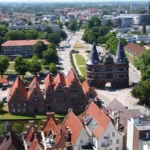Last Updated on 22/04/2023
Weinheim is located in a densely populated strip along the Rhine from Mannheim to Frankfurt. Two autobahns, industrial areas along them, the Mannheim – Heidelberg – Weinheim circular tram – having traveled back and forth to Frankfurt and Mannheim, I never imagined that such a cozy town could be hidden at the foot of the mountains.
Extensive green belt around the old town – Hermannshof Garten, turning into the city park and Exotenwald – makes the visit especially lovely. The picture is complemented by two castles: the picturesque ruins of the 11th century and a fresh one from the 20th century, in the style of historicism.
90+ parks and gardens in Germany on the map
Heidelberg
Technik museum Speyer
Castle Road (Burgenstrasse). Part 1. Mannheim – Eberbach

Weinheim old town
You would, of course, assume that Wein-heim must be from wine. But no, there is no wine here and no vineyards – the slopes are all wooded. The city was first mentioned in 755 under the name Winenheim – presumably from the name of Wino. In the 13th century, the settlement grew into a city.
The city was not marked by anything special in history – it followed the history of the entire region. The owners were alternately the bishops of Mainz, then the counts of the Palatinate. In the 30-year war, the city, like the entire region, was heavily destroyed, including the Burg Windeck fortress. In the 17th century, for a short time, the Elector of the Palatinate even set up a residence here. But in the Napoleonic period, the city passed to Baden.
Let’s walk through the old town. It is located on a rather steep slope. The main disadvantage for a tourist is that it is problematic to park if you do not know the area.
The oldest area downstairs is the Gerberbachviertel, the Leather Quarter, with houses from the 16th to 19th centuries.





The market square was filled with many who wanted to eat at the restaurant (the first pause in pandemic). Therefore, it was absolutely impossible to take pictures. Let’s look at the square from above – it is also on a decent slope.
The slope is topped by a church built in the 20th century. There is a great view from her stairs.


Burg Windeck on the right, modern Wachenburg on the left. The red roof and the tower in the center is the old town hall.


The monument is dedicated to the Franco-Prussian War and Kaiser Wilhelm 1. Similar monuments were erected at the end of the 19th century in almost every village. There was a small church behind the monument until the 19th century. Behind the current church, the palace, which now serves as the town hall, is not visible at all. From the palace begins the city park and Exotenwald – an “exotic” forest, planted in the middle of the 19th century with rare trees.
Palace from the city park.


Hermannshof garden
And now let’s go to Schau- und Sichtungsgarten Hermannshof. Such a non-standard name: “a garden to stare and classify” – in a sense, quite accurate. The garden is small, but very concentrated – for careful looking at and reading the signs.
The garden is trying to make it bright for every season. Even for early spring they have primroses and mimosa. But his wisteria is most famous. The peak of flowering falls on the second or third week of May.
Let’s enjoy the pictures.


Prairie zone

Lady’s-slipper

This flower looks like a cloud.

Huge mammoth tree.


On the lawn there is a pond with croaking frogs and turtles.









Nearby
Heidelberg,
the beginning of the route of the Castle Road,
Schwetzingen park und cherry blossom garden,
a map of attractions from Frankfurt to Koblenz,
a city along the Rhine.
Do you enjoy the site without cookies? This means that I work for you at my own expense.
Perhaps you would like to support my work here.
Or change your cookie settings here. I don’t use personalized ads







